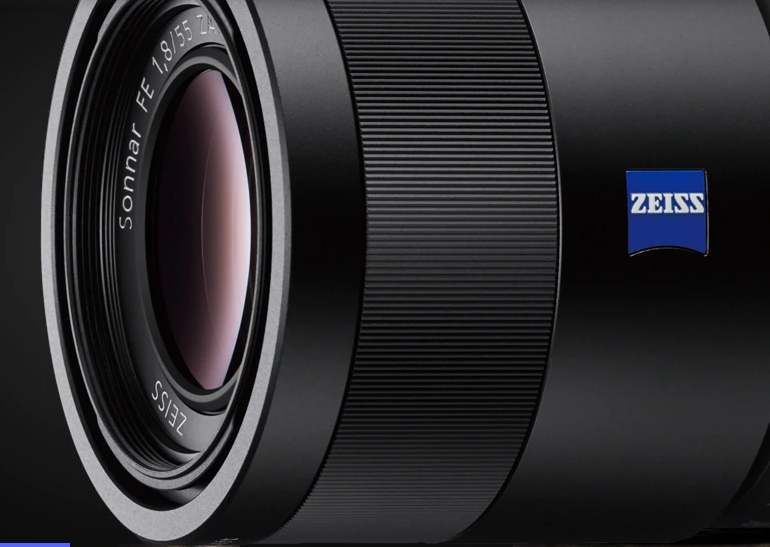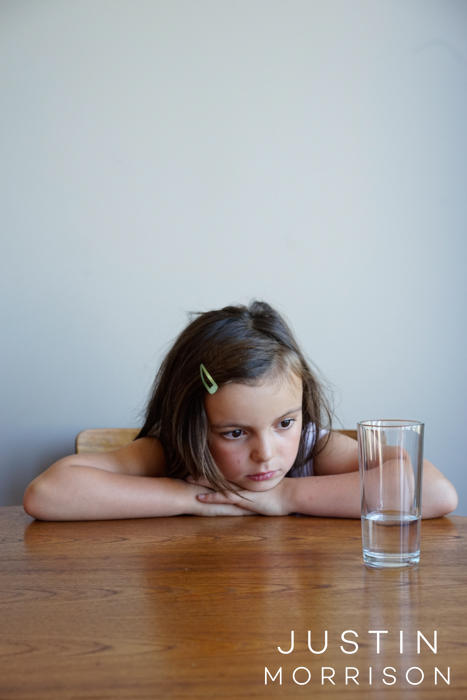
Today I am very excited to bring you my review of the Sony Sonnar T* FE 55mm f/1.8 ZA. This is a high-end lens manufactured to the exacting standards of German optics company Carl Zeiss, designed for use with Sony’s full-frame A7 range of cameras, although it will fit any E-mount camera, including the a6500.
Here is my short unboxing video:
Minimal Design
One of the first things you will notice when you take the Sonnar 55mm out of the box is it’s minimal design. There are no external controls, switches or dials, aside from the reassuringly smooth focus ring. The all-metal build is superb quality, and weighing in at 10 ounces it immediately gives a sense of confidence.
Niche
A 55mm lens is an interesting focal length in that it’s not the classic portrait focal length, which would be something like an 85mm, but it’s also not a classic documentary or story-telling lens, because the angle of view is a little bit narrower than the 35mm lens, which is a go-to lens for many street photographers and photojournalists. So what’s the niche for a 55mm lens?
Large maximum aperture
Well the answer lies in that big f/1.8 maximum aperture. Aperture numbers are a bit counterintuitive in that a smaller number means a bigger aperture. Bigger apertures let in more light, which is great, for example, when you’re shooting an outdoor wedding and the light is starting to fade. You’ll sometimes hear photographers refer to lenses with wide maximum apertures as ‘fast glass’, because wider apertures allow you to keep the shutter speed high enough to capture sharp images when other lenses wouldn’t be able to.
Narrow depth of field
The other great thing about lenses with very wide maximum apertures, aside from the low-light performance, is the very narrow depth of field they can create, which gives you beautifully blurred backgrounds. Throwing the background out of focus allows your subject to really stand out from that background and attract the viewers eye. The lower the aperture, the narrower the depth of field, the more the background gets blurred out.
The downside of a narrow depth of field is that it’s more difficult to nail your focus, as your margin for error is greatly reduced. If your subject is moving you will really struggle to get your subject in focus, which is why sports photographers generally prefer narrow apertures (i.e. higher f-stops).
Tiny margin for error
Take a look at this portrait of my daughter that I made with the 55mm. I deliberately made a close-up, because the shorter the focusing distance the narrower the depth of field. As you can see, her hair in the background is way out of focus, because I set the aperture to f/1.8. What you may not notice quite so immediately is that her eye is actually ever so slightly out of focus too, as is the tip of her nose. So we’re talking about a depth of field of that is just a few centimeters here. I did try to get the eye in focus, as you should always do when making portraits, but it’s possible that when I recomposed my frame after focusing on the eye, the focus plane actually shifted enough to put the eye out of focus. Those are the kind of margins you’re dealing with when you shoot at very low apertures, and they can break your heart, believe me!

Circular Aperture
One of the unique features of the Sonnar 55mm is the circular aperture design. Apertures, the actual space through which light enters the camera, are created by a series of overlapping blades which open and close by degrees to create apertures of different sizes. Most lenses use straight-edged aperture blades which result in apertures that are polygonal. In this instance, however, Sony has used curved aperture blades to create a circular aperture. The reason for this is favourable bokeh.
Dreamy bokeh
‘Bokeh’ is a Japanese word that refers to the way in which a lens renders the out-of-focus areas of an image. This effect becomes really noticeable when you’re looking at points of light. Points of light thrown out-of-focus create a lovely, dreamy ambiance, one that many photographers (particularly wedding photographers) love. The shape of these out-of-focus points of light correlates exactly with the shape of the aperture, so circular apertures create a more natural-looking bokeh.
Amazing wide aperture performance
As apertures go, f/1.8 isn’t actually a super-wide maximum aperture. Canon and Nikon both produce reasonably priced 50mm lenses that go to f/1.4, and it is possible to find lenses with maximum apertures less than f/1. What I noticed with my old Canon 50mm f/1.4 lens was that the sharpness really drops off at the wider apertures, and the chromatic aberration starts to become an issue. [Chromatic aberration is a sort of coloured halo you’ll notice around your subjects]. So while there’s a temptation to look for a lens with the widest maximum aperture, you have to consider the fall-off in performance that almost inevitably happens at wider apertures. The Sonnar 55mm, however, performs very well at the wider apertures, yielding incredible sharpness with minimal chromatic aberration.
Vignetting
Another feature of wide aperture shooting is vignetting. There are certain types of distortion effects that are actually sought after by some photographers for their ‘art factor’ and vignetting is definitely one of them. Another is lens flare. Those same photographers might be disappointed to learn that the vignetting on the Sonnar 55mm is pretty minimal. The thing about vignetting is that it’s very easy to add afterwards, particularly if you’re using a program like Adobe Lightroom. The following images from the Sonnar 55mm demonstrate the difference in vignetting between f/1.8 (on the left) and f/6.3 (on the right). I would say there is some vignetting evident in the left hand shot, but much less than you would see with, say, the Canon EF 50mm f/1.4 USM lens.


The 55mm is an excellent lens capable of producing images of truly exceptional sharpness and clarity. With that wide maximum aperture you can create images that can match your artistic intent in a way that few lenses can. And while the investment isn’t a small one, I believe the value is there, and it’s worth bearing in mind that good lenses have great resale value!
I think this is a great lens for wedding photographers and editorial photographers, and I think some street photographers may enjoy it too. Videographers will also appreciate that wide maximum aperture and the creative possibilities of the shallow depth of field.


